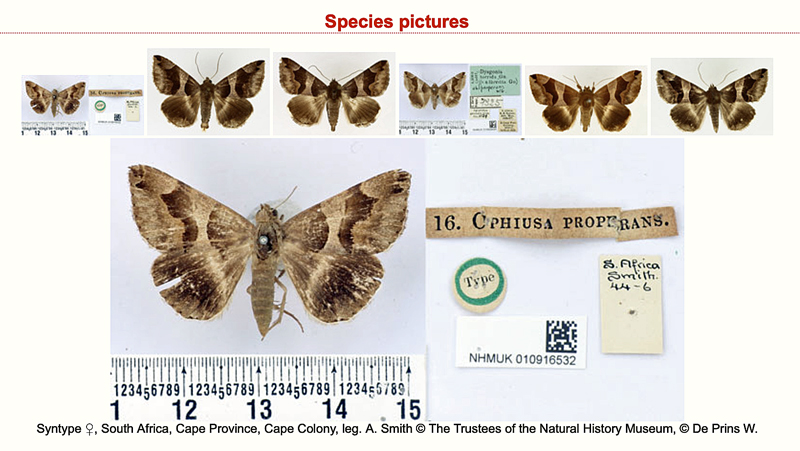Lappet Moth Eutricha obscura
Family Lasiocampidae. Subfamily Lasiocampinae
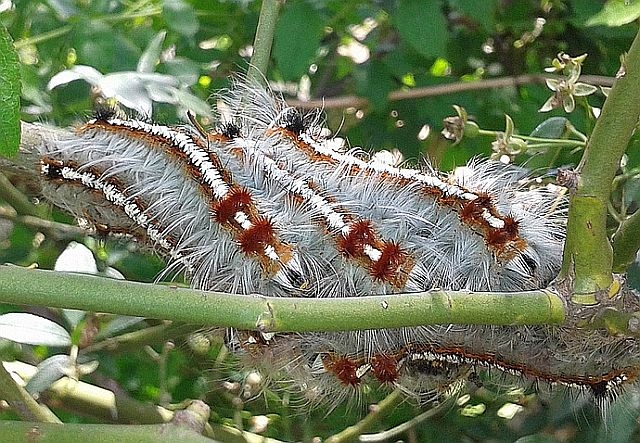
© Twigga
These hairy caterpillars are larvae of the Lappet Moth, they are highly gregarious.
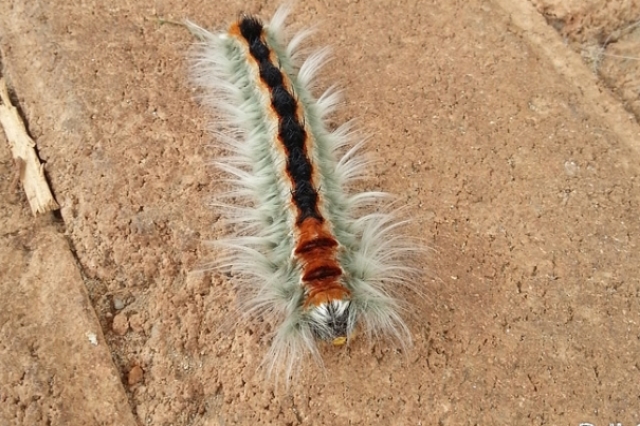
© PJL
Port Elizabeth, Eastern Cape
Description
Male: Wingspan 54-58 mm, fore wing length 22-25 mm. Ground colour of the fore wing dark brown. Medial field is distinctly limited by black irregular to serrated lines. External field completely curved, pointed with black band on light brown ground colour. Hind wing brown with indistinct external pattern. Abdomen brown with distinct light brown dorsal spot. Lighter forms with contrasting dark yellow shading on fore wings.
Female: Wingspan 80 mm, fore wing length 35 mm. Ground colour of the fore wing brown, lighter than in males. Medial field dark brown,
with distinct black bordering, sometimes additionally bordered outside with grey shading. External field dark, dotted with dark brown
at the external fascia. Hind wing pale brown with lighter base and indistinct external pattern. Abdomen uniformly yellow.
Pure white lateral tufts of hairs are typical for the larva of this species (orange in related E. capensis); the dorsal scale pattern is variegated and the development of white scales is also variable.
Diagnosis: The species is easily distinguished from the related E. capensis, by contrasting darker wing colouration; medial fasciae on the fore wing hardly developed, sometimes just scarcely visible on the dark ground colour. Strong ferruginous to brown darkness of the wings is quite typical for both sexes; differs clearly from E. bifascia, by larger size and broader wings.
Biology
Acacia cyclops, A. saligna, A. karroo (Fabaceae), Chrysanthemoides monilifera (Asteraceae), Diospyros lycioides (Ebenaceae), Euclea racemosa (Ebenaceae), Pinus radiata (Pinaceae) and Rhus pyroides (Anacardiaceae) are known to be host plants.
At Johannesburg the larvae of the species were found on Hedera helix (Araliaceae) (J. Joannou, pers. comm.), and at Durbanville (Cape Prov.) on Acacia cyanophilla (coll. TMP).
Distribution
South Africa.
Links:
https://www.zobodat.at/pdf/Neue-Entomol ... 1-0075.pdf
 © Twigga
© Twigga © PJL
© PJL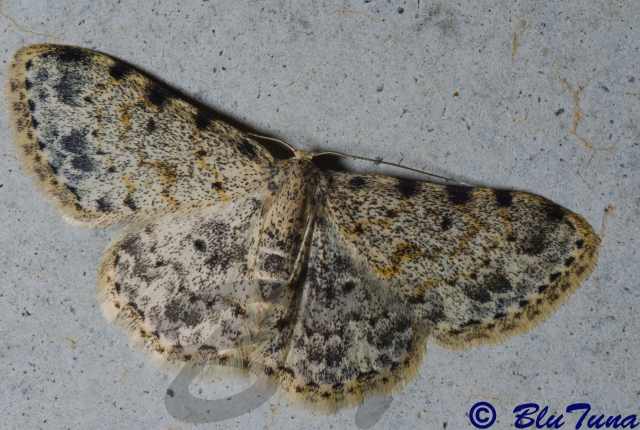
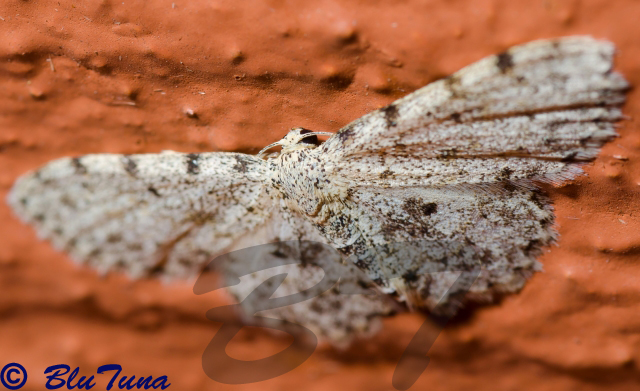
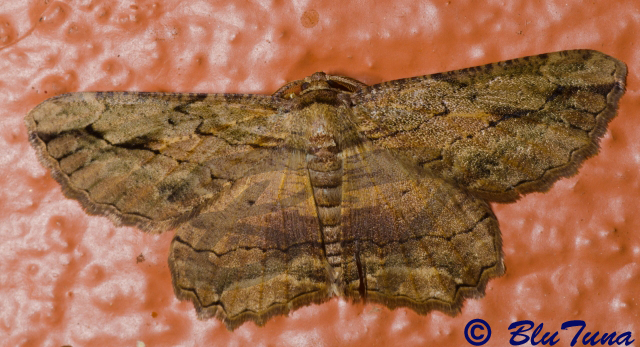 © BluTuna
© BluTuna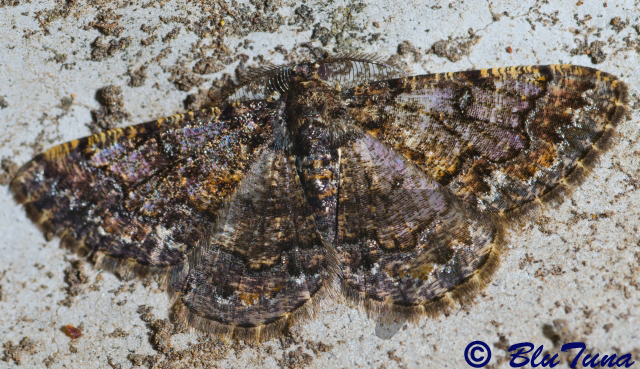 © BluTuna
© BluTuna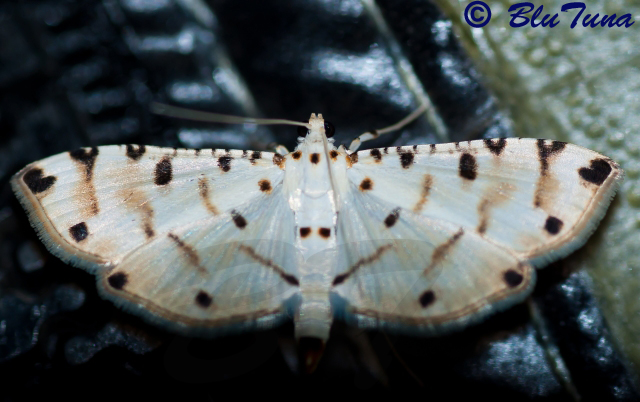 © BluTuna
© BluTuna
